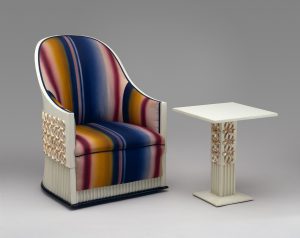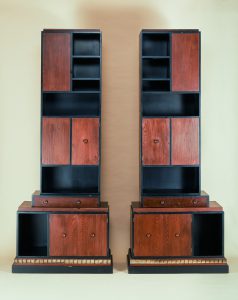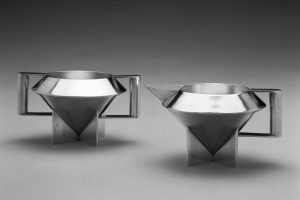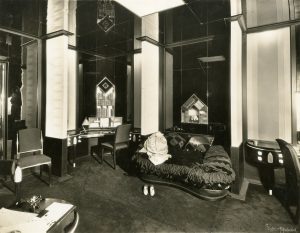Until the 1930s, many Americans regarded modernist design as an impractical fad: a fashionable and expensive style accessible only to the wealthy. It took the combined efforts of designers, mainly immigrants from Central and Eastern Europe, adapting European ideas to American tastes for this to change. These designers, including Joseph Urban, Paul Frankl, Ilonka Karasz, and Kem Weber, strove to forge a uniquely American aesthetic befitting the modern age.




Urban and his peers’ works spanned multiple media and aesthetics but were united by their decorative nature and divergence from historical precedents. From Urban’s theatrical elegance to Weber’s restrained functionalism, modern American designers generally incorporated abstract and geometric forms, clean lines, sharp contrasts, and increasingly simplified ornament. Objects like Frankl’s skyscraper furniture embodied the sights and sounds of modern American cities, such as high rises, jazz, and automobiles. Although their works evoked luxury, designers often eschewed expensive materials for affordable or manmade alternatives, attempting to make the modern style accessible to American consumers.
